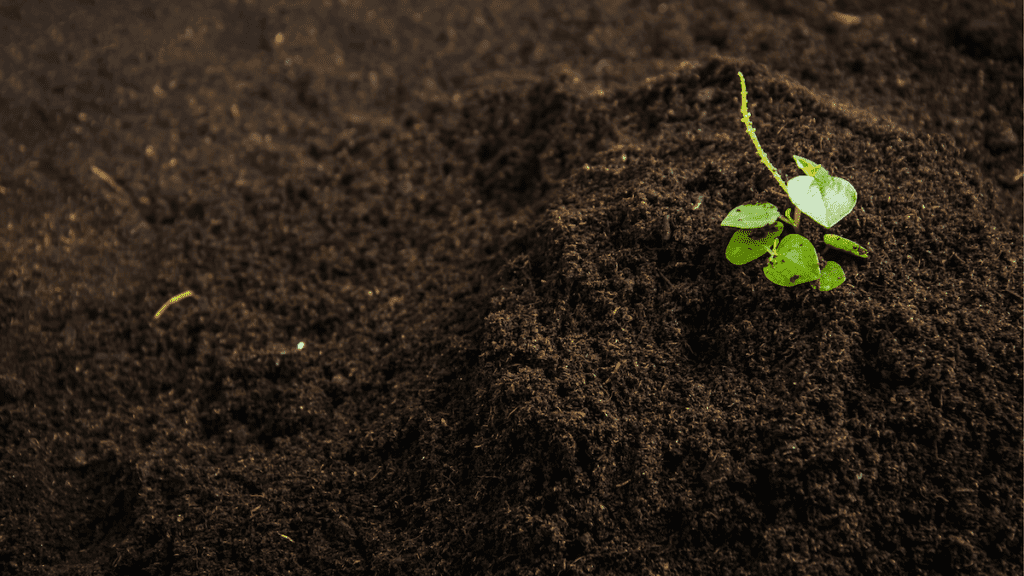Soil conservation encompasses various practices and strategies that aim to prevent soil erosion, degradation, and depletion. It involves the preservation and restoration of soil fertility, structure, and health, ensuring its long-term viability for agricultural, ecological, and environmental purposes.
The earth beneath our feet holds immense importance in sustaining life on our planet. Soil, a precious natural resource, plays a crucial role in agriculture, biodiversity, and the overall health of ecosystems.
However, the alarming rate of soil degradation necessitates urgent action. Every year, around 24 billion tons of fertile soil are lost worldwide due to erosion.
According to a 2015 Food and Agriculture Organization (FAO) report, approximately 33% of global soils are degraded due to erosion, nutrient depletion, and contamination.
Significance of Soil Conservation
Soil conservation is essential for several reasons.
- It promotes sustainable agriculture, safeguarding the ability to produce enough food for a growing population.
- Healthy soils act as natural filters, purifying water as it passes through, thus protecting our water resources.
- Soil conservation helps preserve biodiversity by providing a suitable habitat for a diverse range of organisms.
Methods of Soil Conservation
- Contour Plowing and Terracing: These practices involve creating ridges and furrows along the natural contours of the land. By doing so, water runoff is slowed, reducing erosion and allowing water to infiltrate into the soil.
- Crop Rotation: Rotating crops seasonally helps break disease and pest cycles, improves soil fertility, and prevents nutrient depletion. This practice also enhances the soil’s structure and reduces the need for chemical fertilizers.
- Cover Crops: Planting cover crops, such as legumes or grasses, during fallow periods or between cash crops, helps protect the soil from erosion, suppresses weed growth, and adds organic matter to enhance soil health.
- Conservation Tillage: Instead of conventional plowing, conservation tillage techniques, like no-till or reduced tillage, minimize soil disturbance, leaving crop residue on the surface. This method helps retain moisture, reduce erosion, and enhance organic matter content.
- Agroforestry: Integrating trees and crops in agricultural systems offers numerous benefits. Tree roots stabilize soil, provide shade, enhance nutrient cycling, and diversify farm income.
Benefits of Soil Conservation

The adoption of soil conservation practices brings forth a host of benefits. First and foremost, it conserves soil fertility, allowing for sustainable agricultural production and improved crop yields.
This ensures food security and reduces the reliance on synthetic fertilizers and pesticides, thus promoting healthier ecosystems and human well-being.
Soil conservation also mitigates soil erosion, which helps maintain the quality of water bodies. By preventing sedimentation, it protects aquatic habitats, preserves water quality, and sustains aquatic biodiversity.
Furthermore, healthy soils sequester carbon, mitigating climate change by acting as a natural sink for atmospheric CO2.
Soil conservation contributes to the preservation of biodiversity. Healthy soils provide a rich habitat for microorganisms, insects, and plant roots, promoting the diversity and resilience of ecosystems.
Preserving biodiversity is vital for maintaining ecological balance, supporting pollinators, and preventing the loss of valuable genetic resources.
Soil conservation is an urgent call to action. By adopting sustainable practices and embracing the importance of preserving our soil resources, we can ensure a brighter future for our planet and the generations to come.
Through contour plowing, crop rotation, cover crops, conservation tillage, and agroforestry, we can safeguard soil fertility, promote biodiversity, protect water resources, and mitigate climate change








